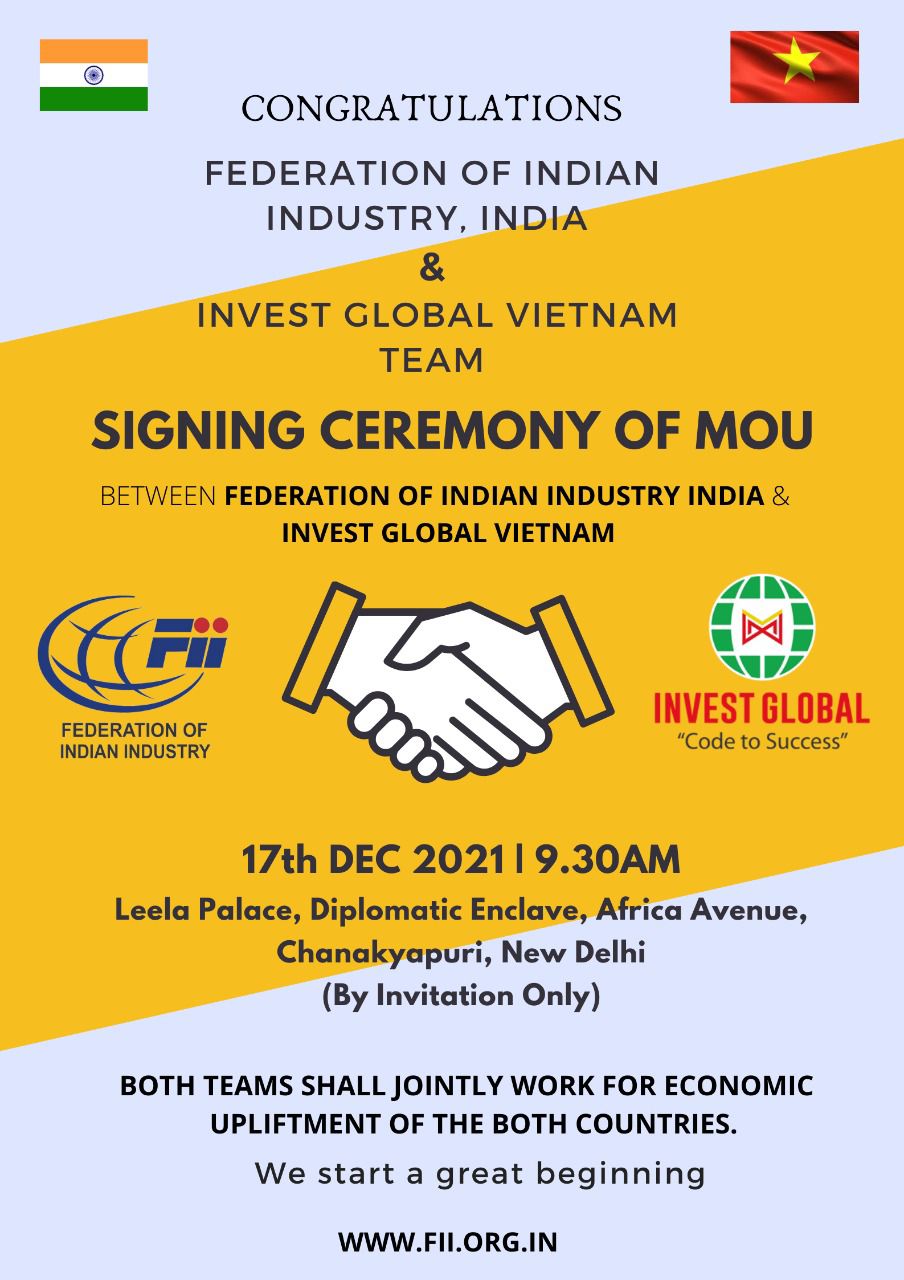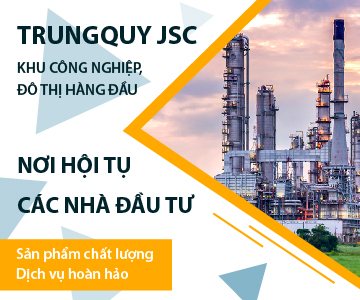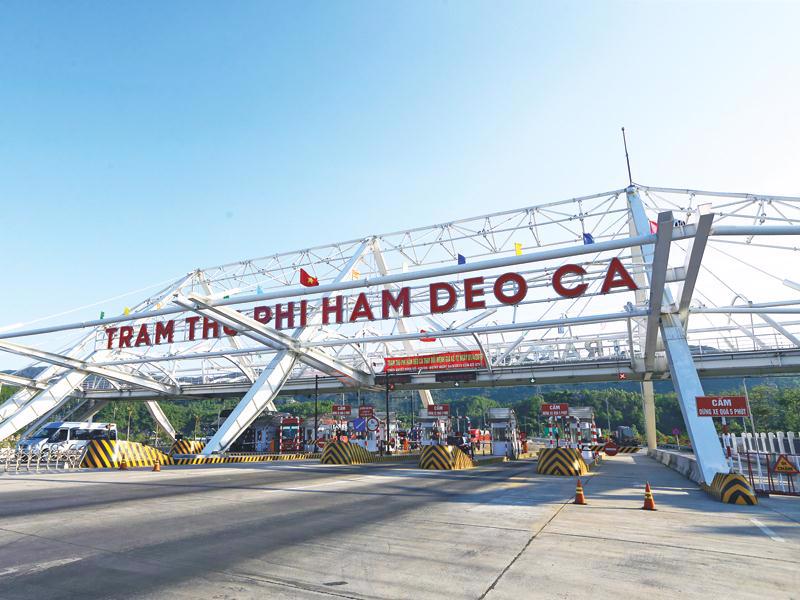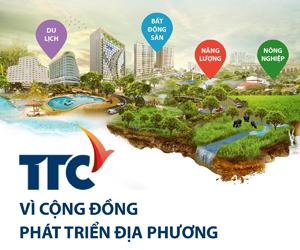INTERNATIONAL INVESTMENT
AND PORTAL
 Matthew Lourey-Managing partner Acclime Vietnam
Matthew Lourey-Managing partner Acclime Vietnam
As the laws and supporting legal documents have developed over the years, initially moving investors away from the traditional joint venture structures that were often required, to the much more competitive and practical approach, foreign investors grow more confident and comfortable with Vietnam as an investment destination.
From a historical perspective, Vietnam’s legal hierarchy of laws, decrees, and resolutions in the past resulted in the slow or ad-hoc implementation of investment laws, whereby there were often gaps when new laws were introduced, and conflicts with old guiding documents that did not match with the new laws. This caused frustration among investors, particularly when investment plans were essentially frozen waiting for guidance to be issued or conflicts to be resolved, sometimes for years.
However, recent iterations of these laws were released in a manner that included timelines and programmes to release refreshed documents and general guidance prior to (or shortly thereafter) the implementation of the laws.
Further, these were generally complete supporting documents, which removed or replaced old regulations. This is an important change and has definitely made investment far smoother.
The further changes in approach for permitted investment sectors within the Law on Investment 2020, which moved from a positive list of permitted sectors to a negative one, have made life easier for foreign investors to move with certainty.
The ability for investors to plan around the market entry of expansion by looking at what business lines/sectors are not permitted (via the negative list of prohibited or restricted business lines) has removed the uncertainty that previously existed, which regularly required licensing authorities to revert to ministries for approval.
However, we do see the process of ministerial approval as still cumbersome, and further refinement is required with the process of approvals of ministries. We do look forward to further changes with transparency so that this becomes clearer to follow, yet still permits the difficult mechanisms and decision-making that need to occur within the ministries.
We seek to educate foreign investors seeking to enter Vietnam to look at the Law on Investment (as it applies to them) as a process, with each process involving certain steps. We advise them to look at each step and address the specific requirements and potential obstructions so that they have clarity.
With this approach, we find that investors have a better feel for what is in front of them, versus the holistic approach they often have when first looking at a new market.
With this, we often become quite involved in regional comparison exercises as part of the market entry determination for foreign investors, comparing Vietnam against other countries.
We do find that, provided a business line is not on the negative list, investors are pleasantly surprised at the potential ease of foreign ownership and the expectations of minimum/initial capital in comparison with what a number of regional competitor countries require.
The ability to have all of the foreign ownership, without the explicit need for a Vietnamese national as a director, and the minimum capital simply reflecting the underlying business needs, are significant selling points when looking at structuring investment in Vietnam.
We continue to see opportunities and enquiries from foreign groups that have operations in China and seek to diversify operations across Asia, and Vietnam is one of the markets they look at to do this.
The hit rate of initial enquiry to start looking at Vietnam remains high, although this still remains somewhat constrained due to global COVID-19 travel restrictions (particularly in China). We do not see this interest in the expansion out of China by foreign investors decreasing any time soon, and Vietnam remains extremely competitive in many industries and sectors.
However, we do find that once a decision to invest is made and investors start working through paperwork requirements, frustrations and first hurdles do appear.
Obtaining and arranging legalised and consularised foreign documents, particularly for multinationals with structures and people across many jurisdictions, are a major impediment and slow down investments and opportunities.
The physical nature of Vietnam’s foreign documentation requirements, in a world that has gone digital, is cumbersome, time-consuming, and off-putting for investors.
What we would like to see is a move to reliance on digital documents for foreign investors, and the move away from the traditional walking documents around government institutions for manual stamps, so that foreign investors can more easily move forward with their investment plans in Vietnam.
We would also like to see the ability for digitally signed applications be introduced, either through globally accepted signature solutions like DocuSign or through practically functional local options that are accessible to foreign individuals, so that we can speed up the application process and remove hundreds of physical pages of application forms and signatures and stamps – moving towards a truly digital solution.
The changes over recent years give comfort to planning and acting on expected outcomes from the Vietnamese licensing authorities, far more than may have occurred in the past when timelines were far less reliable. This element helps foreign investors with their decision to come to Vietnam, where they can rely on timeframes once they start their lodgement process.
